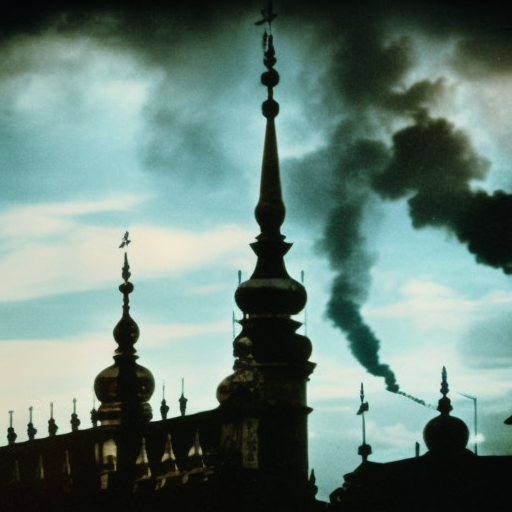Siege of Warsaw: The Battle for Poland’s Capital
The Siege of Warsaw was a major military conflict that took place during World War II. It occurred between September 8 and October 2, 1939, when German forces launched an assault on the Polish capital of Warsaw. The battle marked a significant moment in the early stages of the war, as it showcased the strength and determination of the Polish resistance against the powerful German army.
Background:
The invasion of Poland by Germany on September 1, 1939, marked the beginning of World War II. The Polish army, ill-prepared and outnumbered, was quickly overwhelmed by the German forces. As the German army advanced, Warsaw became the primary target due to its strategic importance as the capital of Poland.
The German Assault:
On September 8, 1939, German forces began their assault on Warsaw. The attack was led by General Heinz Guderian, who employed a combination of infantry, tanks, and aerial bombardment. The German army heavily outnumbered the Polish defenders and possessed superior firepower and equipment.
The Polish defenders, under the command of General Walerian Czuma, fought valiantly to defend their city. Despite being outnumbered and outgunned, they put up a fierce resistance, using barricades, trenches, and improvised fortifications to slow down the German advance.
The Siege:
The German assault on Warsaw was a brutal and relentless campaign. The city was subjected to intense aerial bombardment, with German planes dropping thousands of bombs on civilian areas, causing widespread destruction and casualties. The Polish defenders, however, refused to surrender and fought back with determination.
The siege of Warsaw was characterized by fierce street-to-street fighting. The Polish resistance, consisting of both regular soldiers and civilian volunteers, engaged in close-quarters combat with the German forces. Despite their bravery, the Polish defenders were gradually pushed back, as the German army continued to advance.
The Fall of Warsaw:
By September 27, 1939, the Polish resistance in Warsaw was on the brink of collapse. The German forces had managed to breach the city’s defenses and were closing in on the city center. Facing overwhelming odds, General Czuma made the difficult decision to surrender in order to prevent further civilian casualties.
The fall of Warsaw marked a significant victory for the German army. The city was left in ruins, with thousands of Polish soldiers and civilians dead or wounded. The Polish government, along with many military personnel, fled to exile, while those who remained faced persecution and oppression under German occupation.
Legacy:
The Siege of Warsaw became a symbol of Polish resistance and defiance during World War II. Despite being outnumbered and outgunned, the Polish defenders fought bravely and held out for longer than expected. The battle also highlighted the devastating impact of aerial bombardment on civilian populations, as Warsaw suffered extensive damage and loss of life.
The Siege of Warsaw also had broader implications for the war. It demonstrated the effectiveness of German blitzkrieg tactics and the vulnerability of traditional defensive strategies. The fall of Warsaw paved the way for the German occupation of Poland and set the stage for further German aggression in Europe.
In conclusion, the Siege of Warsaw was a significant event during World War II that showcased the determination and bravery of the Polish resistance. Despite being overwhelmed by the superior German forces, the Polish defenders fought valiantly to defend their capital. The battle left a lasting impact on Poland’s history and served as a symbol of resistance against oppression.












